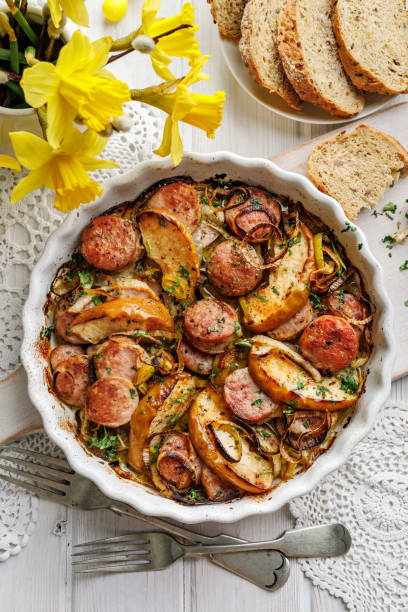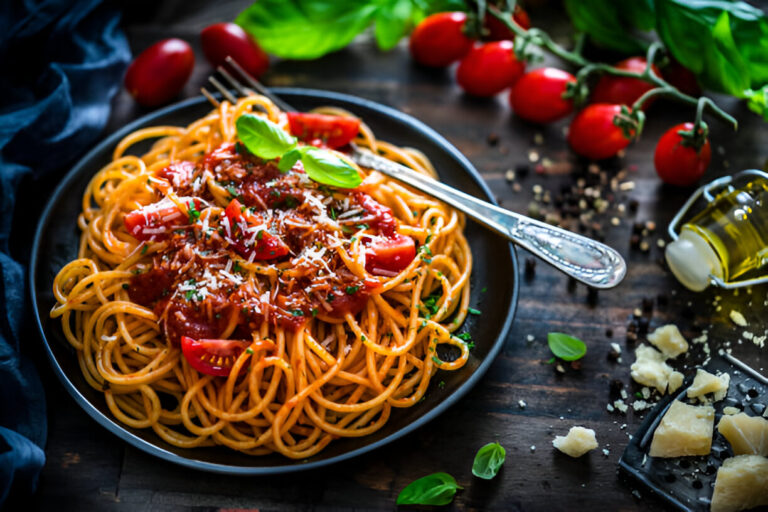Homemade Sausage Recipe: Create Delicious Sausages Easily
Crafting your own sausage at home is a culinary adventure that allows you to explore a world of flavors and textures. A sausage recipe typically involves a combination of ground meat, spices, and sometimes fillers, all encased in a protective skin. Whether it’s for a backyard barbecue or a cozy family dinner, homemade sausages stand out for their freshness and taste, making them a favorite among cooking enthusiasts.
The importance of making sausages at home cannot be overstated. With rising interest in sustainable and healthy eating, many people are turning to their kitchens to create quality meats without the additives and preservatives found in commercially produced options. The popularity of homemade sausages speaks to the joy of experimenting with flavors and the satisfaction that comes from creating something uniquely your own.
This article will guide you through the entire sausage-making process, from understanding the benefits of doing it yourself to learning about various types of sausages. We will also cover essential tools, ingredient selection, and a detailed recipe so you can confidently begin your sausage-making journey. Ready to roll up your sleeves and get started? Let’s dive into the world of homemade sausages!
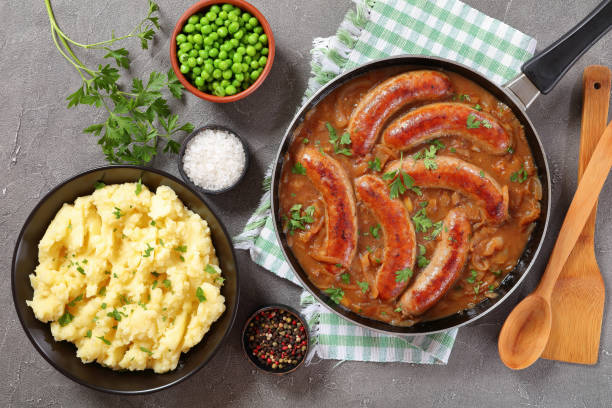
Benefits of Making Sausages at Home
Making sausages at home offers a range of benefits that enhance both your culinary experience and the quality of the final product. One of the primary advantages is the control over ingredients and quality. When you create your own sausages, you can select the finest cuts of meat, fresh spices, and avoid unwanted additives or preservatives commonly found in store-bought alternatives. This ensures a product that aligns with your dietary preferences and health goals.
Another significant benefit is the customization options available for flavors and spices. Whether you enjoy spicy, savory, or sweet profiles, homemade sausages allow you to experiment freely. You can incorporate your favorite herbs, spices, and even unique ingredients like cheese or nuts, tailoring the sausage to your personal taste or that of your family and friends.
Moreover, making your own sausages can accommodate various dietary restrictions. Whether it’s gluten-free, low-fat, or vegetarian options, you can easily adjust your recipes to fit specific needs without compromising flavor or texture. This versatility makes homemade sausages a suitable option for any gathering or meal.
Finally, the cost-effectiveness of creating sausages at home cannot be overlooked. While commercial sausages can be expensive and often come in larger packages than necessary, making your own can be significantly cheaper, especially when buying meat in bulk. Not only do you save money, but you also get the joy of crafting a fresh and personalized product.
Types of Sausages
When it comes to homemade sausages, there are two primary categories that enthusiasts often explore: fresh and smoked sausages. Each type brings its own unique characteristics and flavors, making them suitable for different culinary applications.
Fresh Sausages are uncooked and typically require immediate cooking before consumption. They are often seasoned to highlight the flavors of the meat and are commonly used in dishes like breakfast scrambles or grilled at barbecues. Examples of fresh sausages include:
- Italian Sausage
- Breakfast Sausage
- Bratwurst
Smoked Sausages, on the other hand, are cooked through the process of smoking, which imparts a rich, smoky flavor that enhances the overall taste. These sausages can be eaten as is or used as an ingredient in various recipes. Popular smoked sausages include:
- Kielbasa
- Chorizo
Understanding the differences between these types of sausages can help you choose the right one for your specific recipe or occasion, allowing you to create dishes that are both delicious and satisfying.
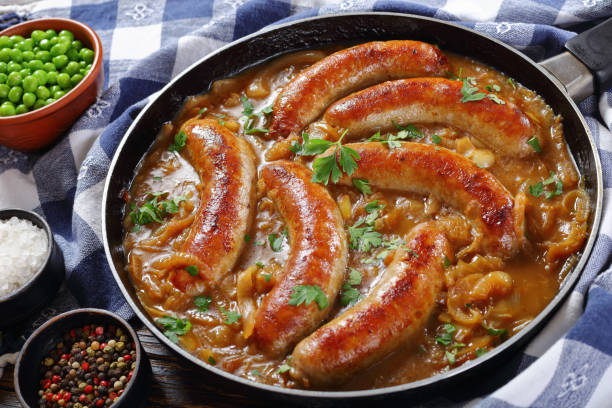
Essential Tools for Sausage Making
To embark on your sausage-making journey, having the right tools will make the process smoother and more enjoyable. Below is a list of must-have equipment along with some optional tools that can enhance your experience.
Must-Have Equipment
- Meat Grinder: A quality meat grinder is essential for achieving the right texture in your sausage. You can opt for a manual or electric grinder based on your preference and needs.
- Sausage Stuffer: This tool helps in filling the casings with the sausage mixture evenly and efficiently, which is critical for a good sausage.
- Mixing Bowls: Large bowls for mixing your meat and spices are necessary to ensure an even distribution of flavors.
- Thermometer: A meat thermometer is vital to ensure your sausages are cooked to the correct internal temperature for safety and taste.
Optional Tools
- Smoking Chamber: If you want to venture into making smoked sausages, a smoking chamber will help you achieve that delicious smoky flavor.
- Kitchen Scale: Accurate measurements are important in sausage making, and a kitchen scale allows for precision when weighing out your ingredients.
Choosing Your Ingredients
The quality of your sausages heavily depends on the ingredients you choose. Below are guidelines for selecting the types of meat, spices, and casings that will elevate your homemade sausage experience.
Types of Meat
When selecting the meat for your sausages, you have several options to consider:
- Pork: A popular choice known for its juiciness and flavor.
- Beef: Great for a heartier sausage. Lean cuts mix well with fatty cuts.
- Chicken: A leaner alternative that can be successfully spiced for flavor.
- Turkey: Another lean option, similar to chicken but with its own distinct flavor.
- Vegetarian Options: Consider plant-based meats or legumes for a vegetarian alternative.
Spices and Flavorings
The right combination of spices and flavorings can significantly enhance your sausage:
- Common Seasonings: Salt, black pepper, and garlic are staple seasonings for any sausage.
- Additions: Fresh herbs, cheeses, and spicy peppers can introduce exciting flavors. Feel free to experiment!
Casings
Choosing the right casing is essential for the texture and structure of your sausages:
- Natural Casings: Typically made from the intestines of animals, these casings allow for great flavor and texture.
- Synthetic Casings: Made from collagen or other materials; these are often easier to handle and come in various sizes.
Before using natural casings, ensure they are properly rinsed and soaked to ensure easy stuffing.
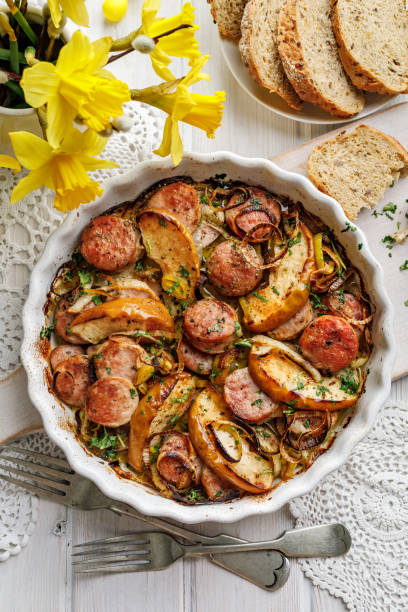
sausage recipe
Equipment
- 1 mixing bowl
- 1 sausage stuffer if making links
- 1 cooking pan or grill
- 1 meat thermometer optional
Ingredients
- 1 pound ground pork
- 1 tablespoon salt
- 1 teaspoon black pepper
- 1 teaspoon garlic powder
- 1 teaspoon onion powder
- 1 teaspoon smoked paprika
- 1/2 teaspoon crushed red pepper flakes optional for spice
- 1 tablespoon fresh parsley, chopped or 1 teaspoon dried
- 1/4 cup cold water
Instructions
- In a mixing bowl, combine the ground pork, salt, black pepper, garlic powder, onion powder, smoked paprika, crushed red pepper flakes (if using), and parsley.
- Pour in the cold water and mix all the ingredients thoroughly until well combined.
- If you have a sausage stuffer, stuff the mixture into casings. Twist into 4-inch links, or alternatively, you can simply shape the mixture into patties using your hands.
- Preheat a cooking pan or grill over medium heat.
- Cook the sausages for about 5-7 minutes on each side (or until internal temperature reaches 160°F) until they are brown and cooked through.
- Once cooked, remove from heat and let rest for a few minutes before serving.

